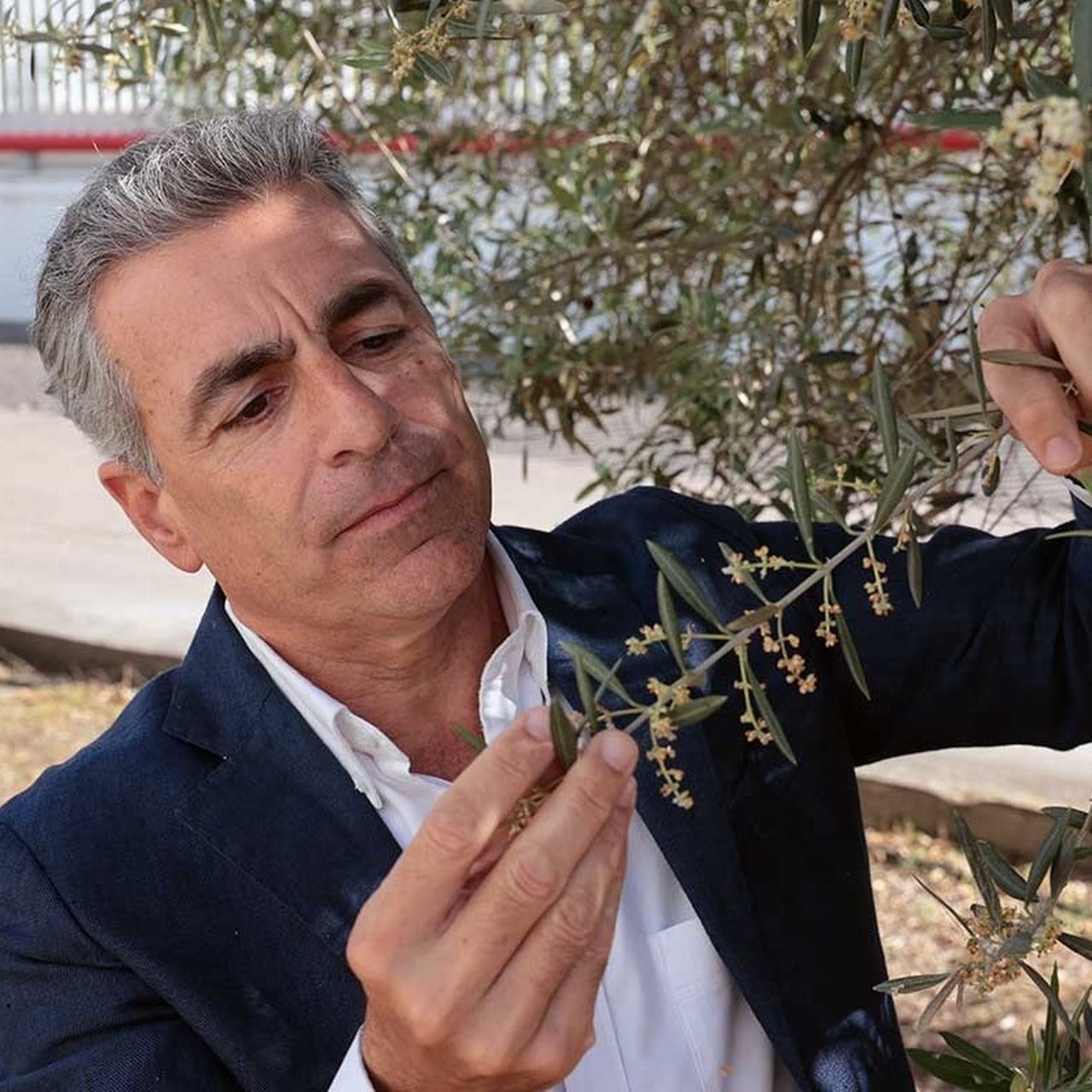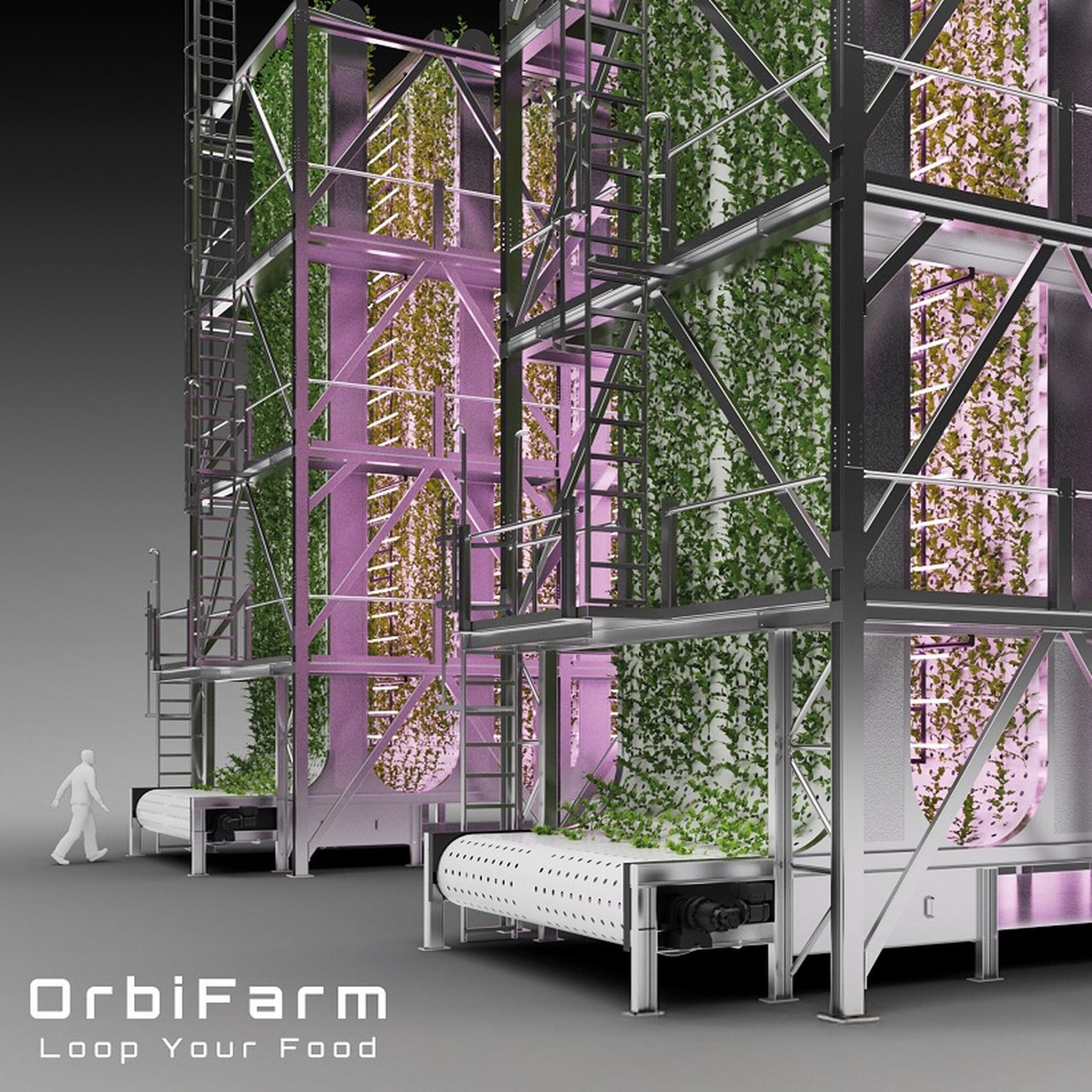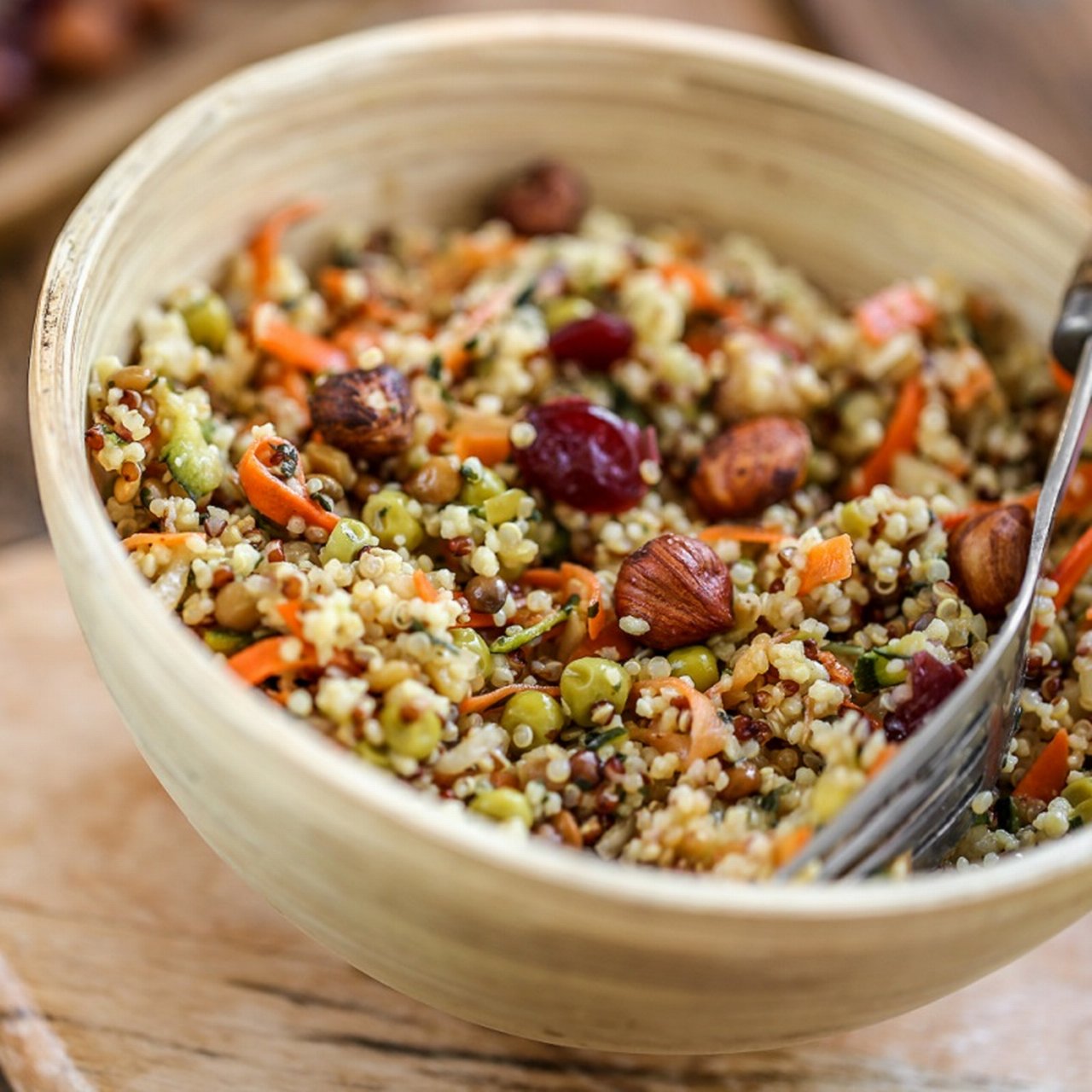
TikTok made me do it
Five food trends not as good for the planet as you might think (and three ways you can still enjoy them responsibly)
Social media influences food trends that may be detrimental to the environment. As consumers shift towards healthier eating, certain “superfoods” have gained popularity, but their production often leads to negative consequences for local communities and ecosystems.
Climate change, war, overpopulation … just some of the issues affecting our planet, and changing the way we farm, produce and consume the food we eat. Food supplies are becoming scarcer, and more expensive. This, along with a general shift towards healthy eating, has led consumers to make more conscious decisions around food, like, for example, reducing meat and dairy consumption. But now there’s a new danger:
Social media
Influencers and celebrities use their platforms to hype must-eat “superfoods”, leading to a rise in their consumption. And while these trendy foods may be good for your health, it can wreak havoc on a nation’s economy, its people, and the planet at large: from soil degradation caused by increased mono-culture farming to the greenhouse gas emissions from shipping these foods far and wide.
Here are five food trends that you should know more about:
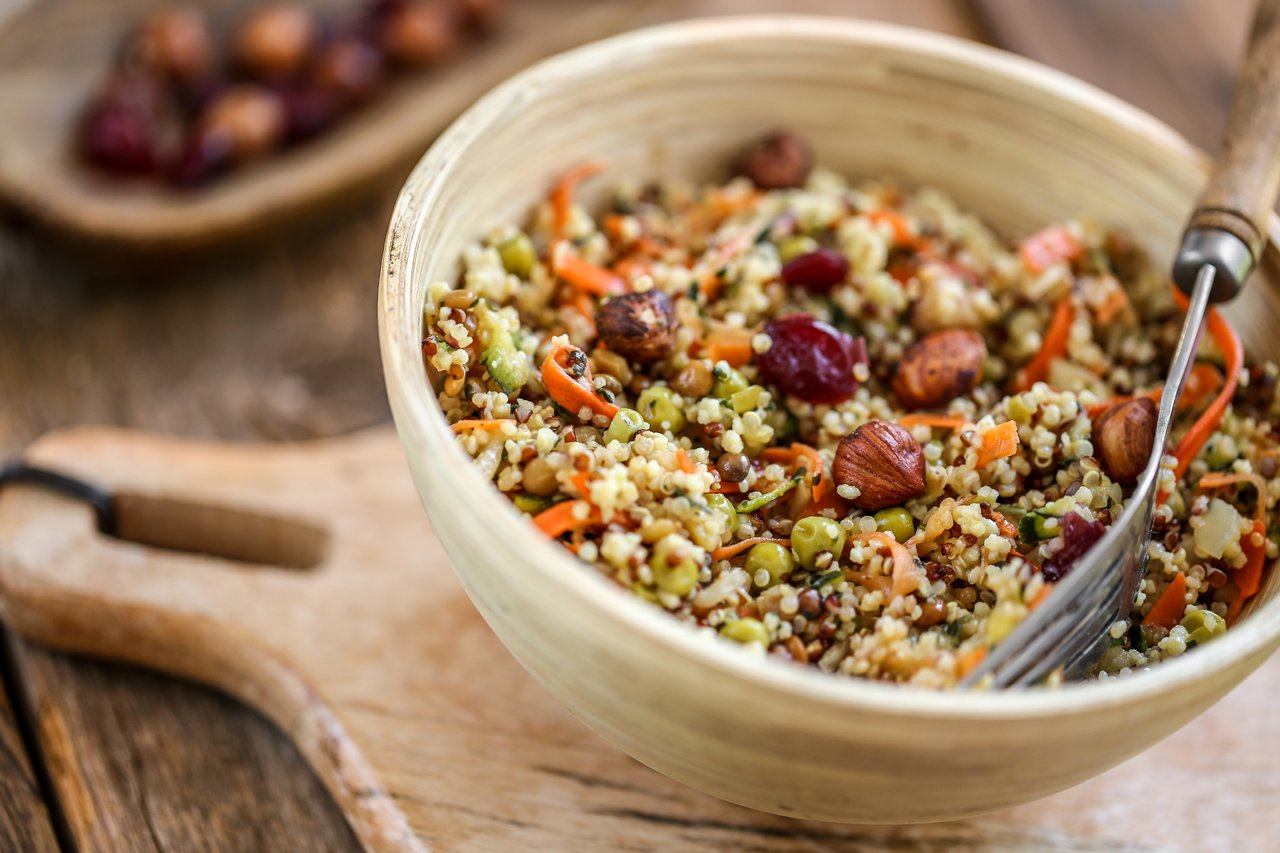
Quinoa
Packed with the highest amount of protein and amino acid density of all cereals and hardy enough to grow under extreme conditions, this grain is perfect for a society that is eating less meat. Its explosive popularity around the globe has increased demand, as well as the standard of living for many quinoa producers – but this has come at a cost.
What was once a staple in the average Latin American diet has become a luxury in the countries in which it grows naturally: the high price of the grain means it is unaffordable for the poorest indigenous people in places like Bolivia and Peru, where locals are now turning to cheaper junk food. In environmental terms, clearing wide swaths of land for quinoa cultivation has led to soil degradation and a loss of biodiversity, exacerbating water issues in areas where water is already scarce.
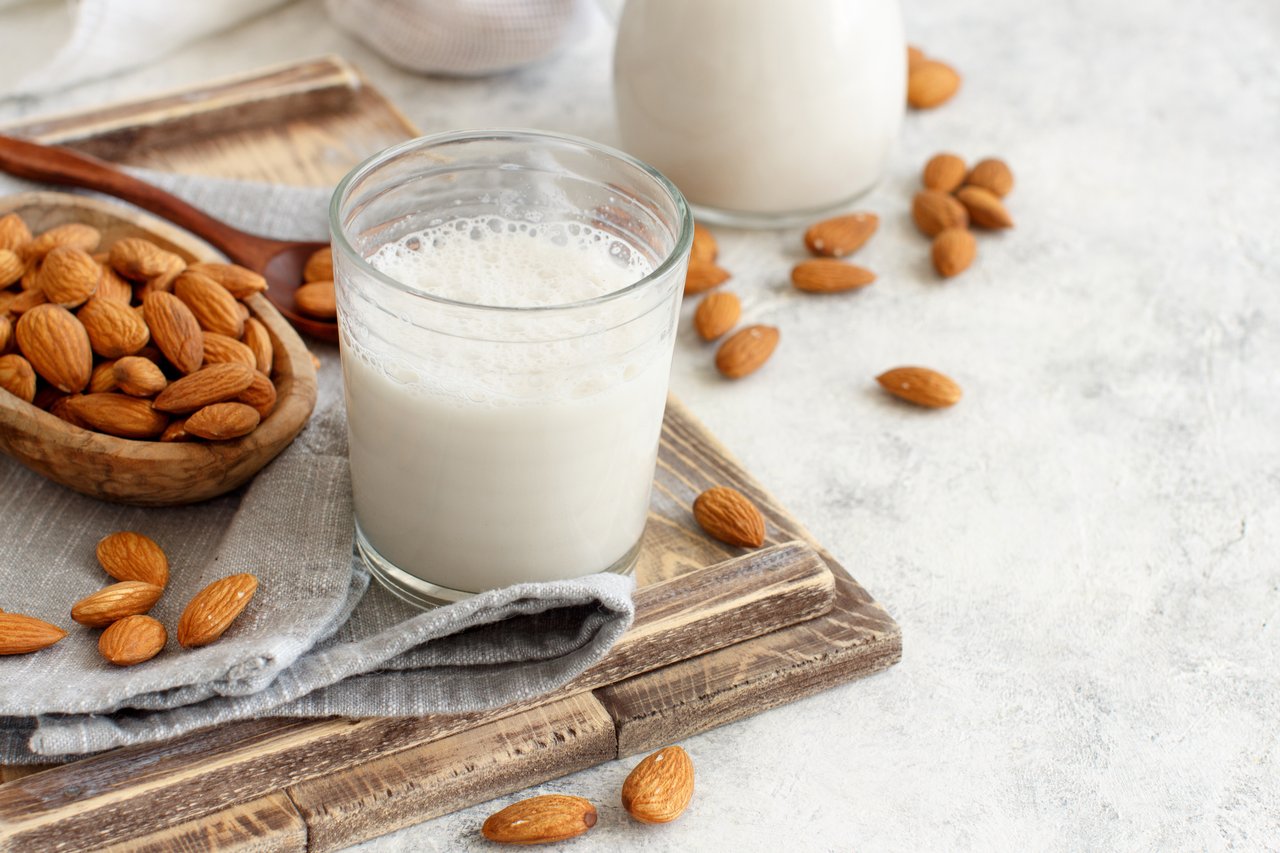
Almond milk
In the US alone, consumers drink 47 percent less milk than they did in 1975. With an estimated 68 percent of the world’s population being lactose intolerant and and almost 90 percent of the world’s consumers have switched to more sustainable purchasing, it’s no wonder that dairy-free milk alternatives – almond milk for example – are on the rise. But if you think drinking almond milk is saving the planet, you might be left with a sour taste in your mouth: almonds are thirsty.
It takes up to 23 gallons of water to make one single gallon of almond milk, which is a problem when water is already becoming a scarce resource. The level of groundwater in California’s San Joaquin Valley, for example, where many almond farms are found, is decreasing annually, causing the area to slowly sink. Additionally, farmers are using more pesticides to increase almond milk production, which is contaminating the drinking water for those who live near the farms.
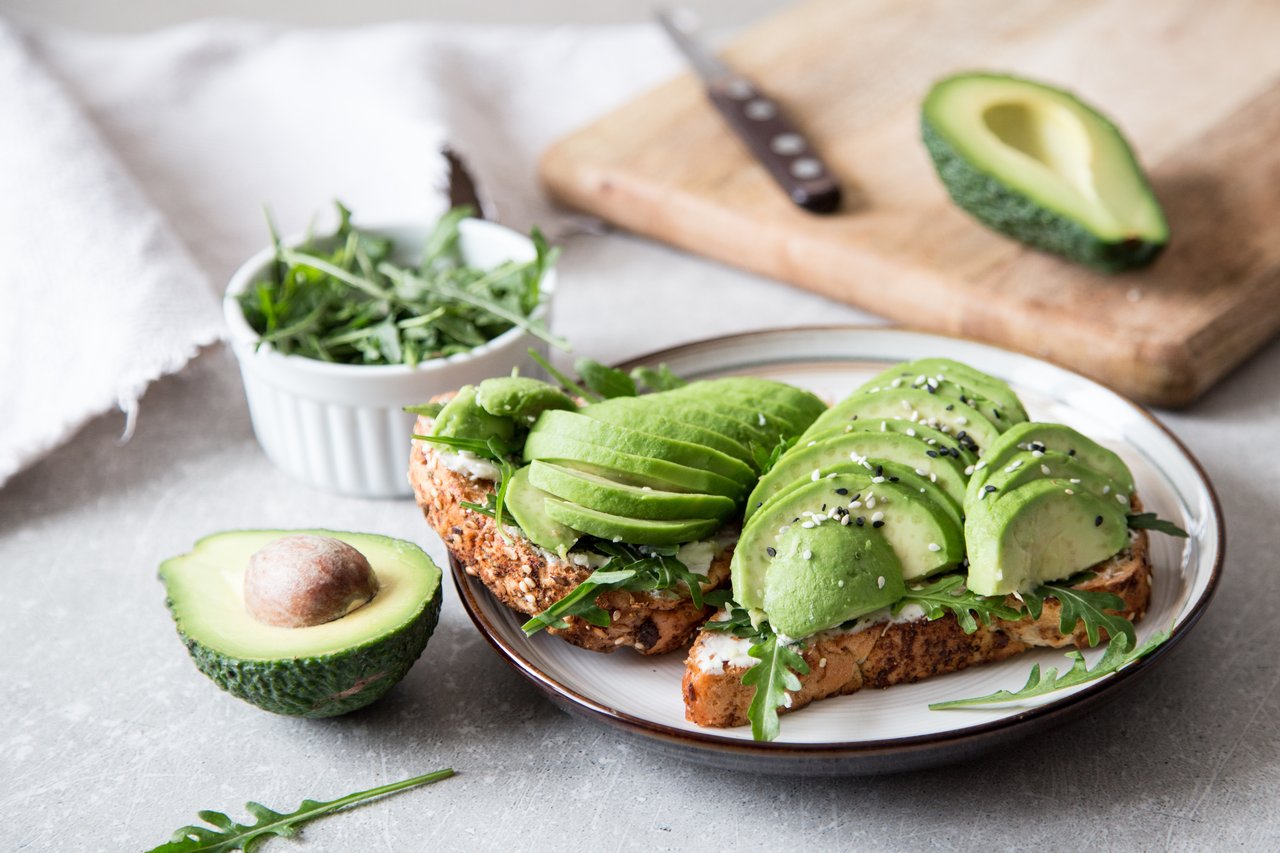
Avocado
Touted as the reason millennials can’t afford housing, avocado is one of those ubiquitous foods that have seen a surge in popularity over the past few decades. High in healthy fats, the fruit is also a popular social media staple: it was featured in 2.4 million Instagram posts in 2018 alone. But it takes 320 litres of water to produce just one avocado (four times the amount necessary for almond milk) and, as a mono-culture crop, its production leads to extreme soil degradation year on year. It also has a high carbon footprint, at around 0.85kg of CO2 emissions per pound of avocados imported to the US, for example.

Açai berry
This South American Amazonian fruit is rich in minerals, vitamins, antioxidants and fibre, and can have positive effects on heart health and the immune system. When blended into a bowl, it also looks great on camera. The prevalence of this colourful fruit on social media pages led to such an uptick in its demand that it created a surge in child labour.
Families are so dependent on the fruit yields that they send their children up into the 20-metre-tall trees to pick the berries, causing many of them to break arms and legs when they fall, cut themselves with the knives they use for picking, ravage their skin on rough tree bark or be bitten by snakes and spiders.
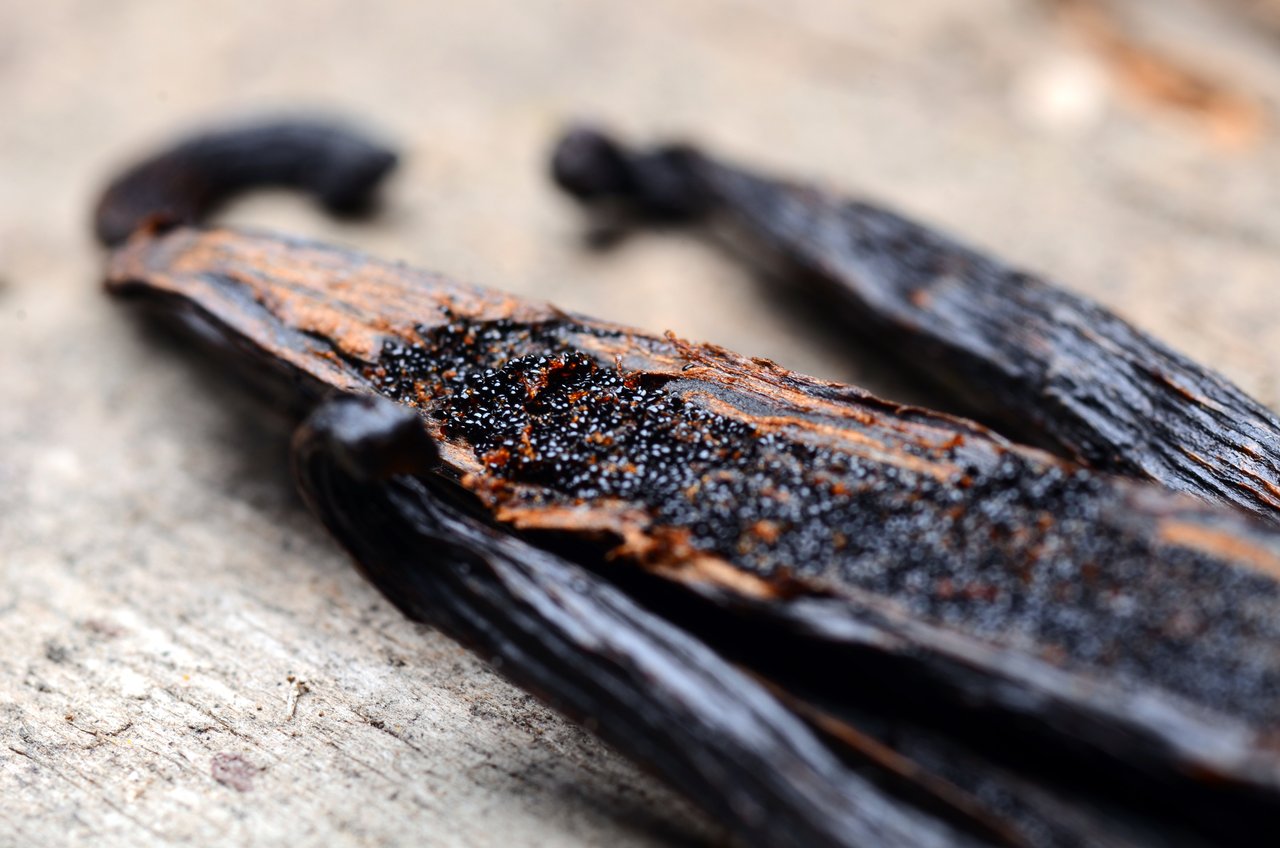
Vanilla
While vanilla itself is not a trend, it is a main ingredient in baking. The labour-intensive vanilla trade is so lucrative for Madagascar, the leading producer of true vanilla, that its increase in demand caused the formation of armed gangs used to defend the crop fields. An estimated 15 percent of the annual vanilla harvest is stolen every year. And between 2016 and 2018, 150 people were killed as a result of ongoing thievery and defence.
So, should we keep these foods out of our shopping carts?
No, you don’t have to give up your favourite products, and it’s not all doom and gloom – there is a flip side. As damaging as almond milk can be for the planet, for example, it is still more sustainable than dairy milk, which causes triple the greenhouse gas emissions and uses up to twenty times as much fresh water. Avocado, açai berry, vanilla and quinoa production have positively changed the lives of many producers, providing steady incomes and a better standard of living for farmers and their families. And of course, these products have helped millions of people improve their nutritional health.
The key is to be more mindful of what – and how – you consume.
Three ways you can consume your beloved products more ethically and sustainably
- Diversify. From oat to hemp to pea, there are so many types of plant-based milk alternatives on the market for you to try. Similarly, there are many different types of avocados, from the well-known Hass to the Pinkerton and Fuerte. But there’s also more to life than avocadoes! Try switching up the types of foods you eat so there is less strain on one specific food source. More on this in point three …
- Be aware. Look for foods that are fair trade certified to ensure that local farmers and producers are being compensated fairly and sustainably. If you can, buy organic goods to ensure they are free of harmful pesticides – good for both your health and that of the planet.
- Be intentional. Buy foods locally, regionally and in season. This can not only help reduce their environmental impact and carbon footprint, but will also allow you to enjoy a wide array of wholesome, healthful foods (see point one above!). And don’t buy more than you know you’ll realistically consume, to reduce the potential of having to throw spoiled food away.
This page was published in June 2025.

Tonisha Robinson
… considers herself a ‘roving reporter’ at Deutsche Bank, writing stories about the most fascinating aspects of our people, and helping bring cultural campaigns to life. She is deeply interested in why we choose the food we eat, how it impacts our brains and bodies, and what effect our consumption has on the people and planet surrounding us.
Recommended content
Entrepreneurial Success | Video & Photo Story
Acesur: When Innovation is your DNA Acesur: When innovation is your DNA
Artificial intelligence, data-based decisions, biodegradable packaging: How a traditional Spanish family business is revolutionising the olive oil business.
Entrepreneurial Success | Crisp & Short
Banking on nutrition – catering through the ages Banking on nutrition – catering through the ages
For over 130 years, Deutsche Bank has known that a good, healthy meal makes for more productive, fitter employees. Read on to explore how the bank’s canteens have evolved.
Entrepreneurial Success | Story
Grows even in the desert Grows even in the desert
Veganz founder Jan Bredack is on a mission to feed the world by producing plant-based protein on an industrial scale.
This vision will become reality with OrbiFarm®. Here’s how.

